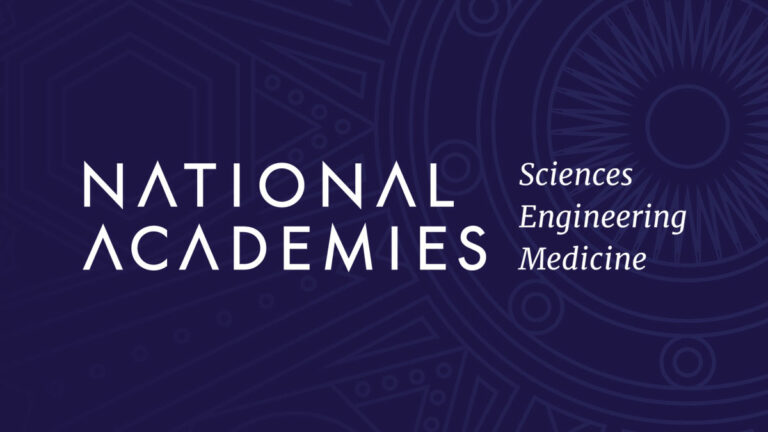Fusion Energy: Seizing Our Opportunity for a Clean Energy Future
Now is the time for Congress to double down on support for fusion energy development. Our nation is at a pivotal moment in the development of fusion energy as a clean, reliable source of power that could effectively address the climate crisis.










